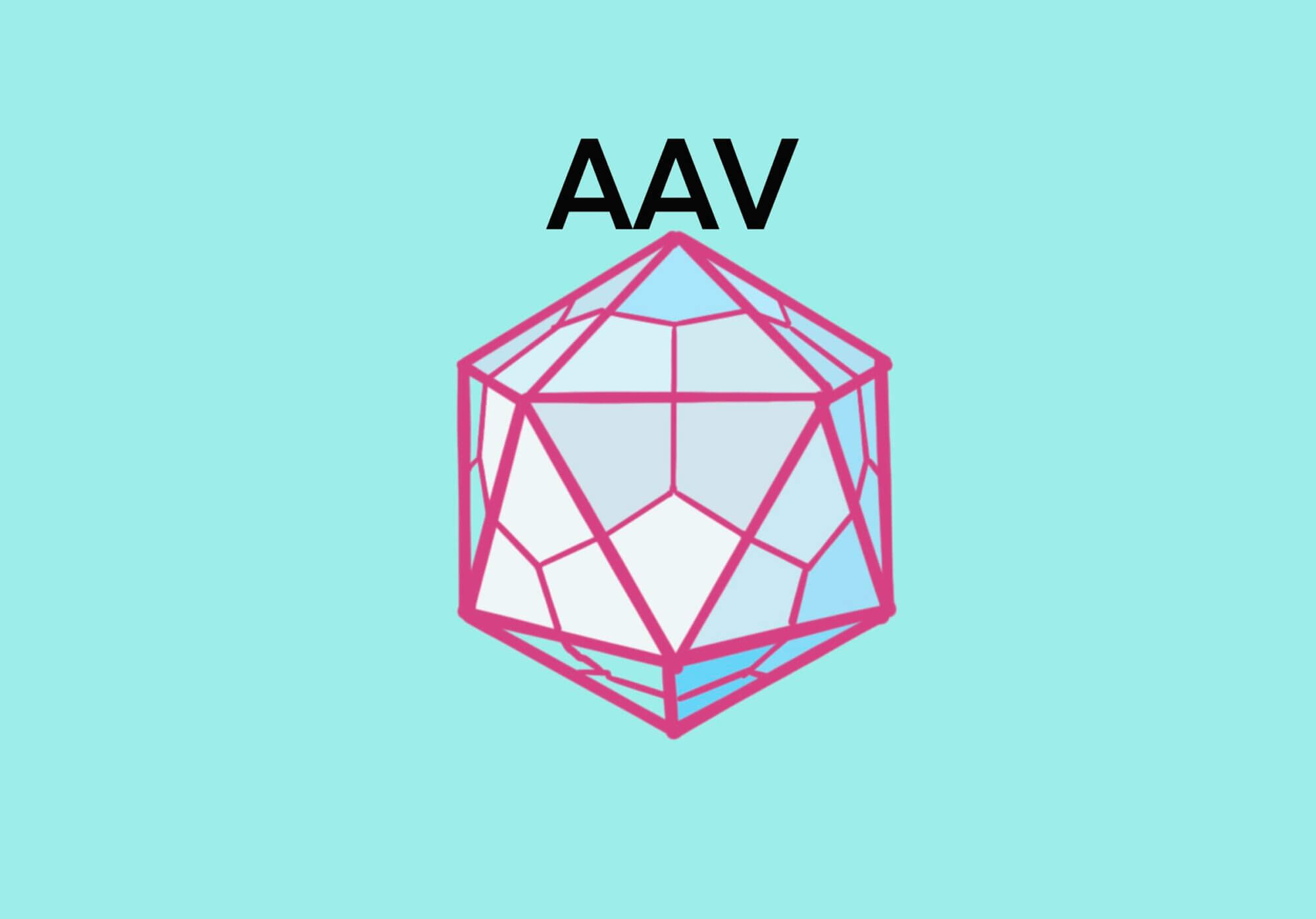はじめに
遺伝子治療薬として、ヒトの細胞に感染させ目的の遺伝子をその細胞に導入するするために、目的遺伝子を封入したAAVベクターという器をきれいに精製する方法の紹介。
PEG沈殿
超遠心機を使用しないPEG 8000を使用した沈殿化精製条件でベクターとしてAAV2, AAV8を精製する。AAVベクターの精製をプラットフォーム化する 1)
DNAはPEGの分子量が大きい程、沈殿化しやすい(PEG 6000, 30%)。また、沈殿化は、NaClやMgCl2で増強されるが、MgCl2の場合は、数mM濃度で沈殿化はトップとなりベルシェイプを呈する 2)
クロロホルム沈殿法
Chroloform沈殿法では、upper layerとbottom layerにそれぞれ水層とChroloform層の2層に遠心分離できる。Chroloform層には、lipidsが含まれ、それ以外の組成物は水層に含まれる 4)
クロロホルム-メタノール沈殿法
Chroloform-Methanol precipitationの方法論の基礎として、血漿1mLにChroloform-Methanol (2:1)を10mL電荷してタンパク質以外のトリグリセライドとコレステロールを水層に分離する方法 5).AAVベクターを上清に回収するには、おそらく66% Chroloformよりも低い濃度でないとlipidと共にChroloform層または沈殿として除去されると考えられる。当該1)文献では等量のChroloformを添加しているので50%濃度であるので、妥当な濃度であると考えられ。
塩は、ダンパク質の凝集剤として使用される。ダンパク質間の静電相互作用を弱められ沈殿する
有機溶剤は、溶液自体の導電率を低下させ、アミノ酸残機と相互作用 5)変性の状態へと状態が進む。軽い変性状態である場合、蛋白質の通常のFolding状態では内側に隠れている疎水性が表面に出でくるものとかんがえられ、それが相互に結合しやすいため、蛋白同士が凝集するものと考えられる。強い変性状態では、完全に変性すれば、ダンパク質は不溶性となる。高分子であるダンパク質の場合、排除体積効果による凝集と、アミノ酸残機との相互作用による溶解の両方の効果を考慮しなければならない 5)
文献
1)https://www.ncbi.nlm.nih.gov/pmc/articles/PMC3374034/
2)Polyethylene glycol and divalent salt-induced DNA reentrant condensation revealed by single molecule measurements†: https://www.researchgate.net/profile/Puneeth_Kumar_R/post/Why_and_how_does_PEG_precipitate_DNA_Why_is_it_better_than_isopropanol_to_reduce_the_polysaccharide_contaminants/attachment/59d62c5879197b807798ab8d/AS%3A346620320337920%401459652132379/download/Polyethylene+glycol+and+divalent+salt-induced.pdf
3)DNA Condensation by Multivalent Cations: https://www.researchgate.net/profile/Puneeth_Kumar_R/post/Why_and_how_does_PEG_precipitate_DNA_Why_is_it_better_than_isopropanol_to_reduce_the_polysaccharide_contaminants/attachment/59d62c5879197b807798ab8e/AS%3A346620324532225%401459652133439/download/DNA+Condensation+by+Multivalent+Cations.pdf
5) Comparison of six methods for the extraction of lipids from serum in terms of effectiveness and protein preservation: https://pdfs.semanticscholar.org/44ca/c0638d3eb4d2648e2383c7f29130962931c2.pdf
編集履歴
2019/09/27, Mr.HARIKIR
